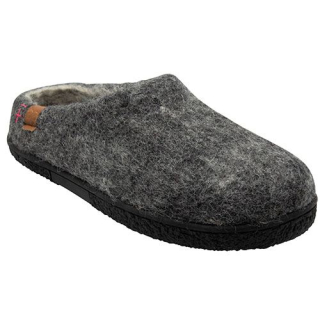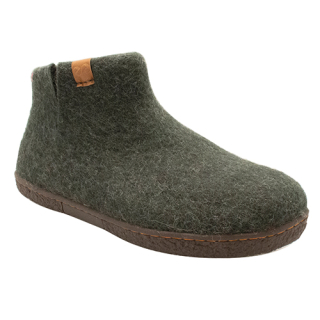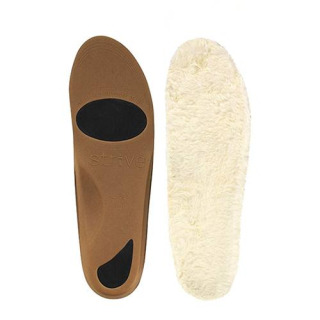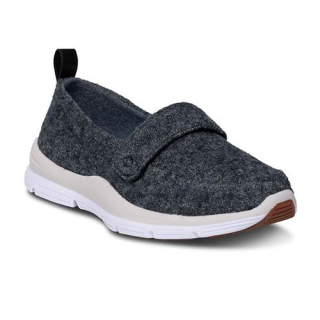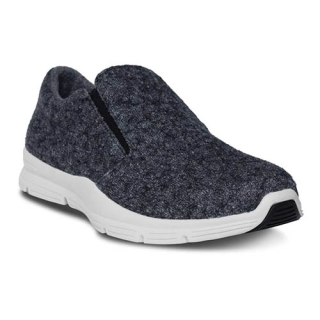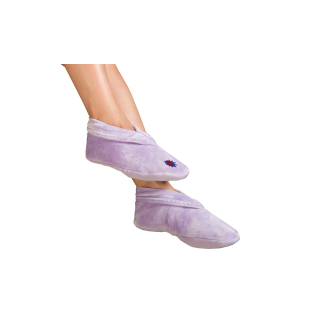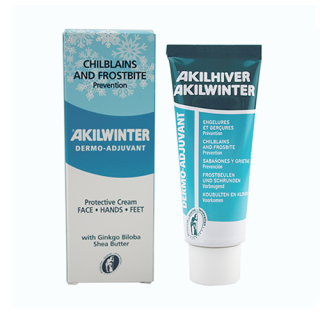Raynauds Phenomenon
Raynaud's Phenomenon is a common condition that affects the blood flow to the hands and feet. It causes some areas of the body to feel cold, sore or painful. But what exactly is Reynaud’s and what treatments are available to relieve symptoms?


What is Raynaud’s Phenomenon?
Raynaud’s Phenomenon is a condition that affects the circulation in your fingers and toes. It can be triggered when you are exposed to cold or when you are anxious or under stress.
What causes Raynaud’s Phenomenon?
Raynaud’s can be triggered when your hands and feet get cold or by daily tasks such as carrying shopping bags. Using tools such as a vibrating drill or jackhammer for a long period of time can also trigger Reynaud’s. The trigger can last from a few minutes to a few hours.
What are the signs and symptoms?
The common signs and symptoms of Raynaud’s include:
- Fingers or toes that turn white or blue
- Pain and numbness
- Pins and needles
- Difficulty in moving the fingers or toes
- Sores that develop on the skin
- Hands or feet that are painful, swollen or red when the circulation returns
Who is at risk of Raynaud’s phenomenon?
People with Raynaud’s tend to start noticing symptoms between the ages of 15-25. Those most at risk of developing the condition include:
- Construction workers
- Smokers
- People with connective tissue disorders
- People with poor circulation
- People with hypothyroidism
What treatments are available for Raynaud’s Phenomenon?
Treatment will depend on your age, health and how severe the condition is. Although there is no cure for Raynaud’s, symptoms can be managed with proper treatment. These include:
- Stopping smoking
- Keeping your blood pressure under control
- Keeping your cholesterol levels within acceptable levels
- Keeping your blood sugars within the acceptable levels
- Eating a balanced diet that includes iron rich foods to help with anaemia
- Doing exercise or keeping as mobile as possible. This can help your circulation and blood supply to your feet
- Keeping your feet warm and comfortable all the time, including when you are in the house as this could help stop the trigger
- Wear insole that help with insulation
- Use a foot warming cream
- Keep the skin on your feet and legs supple by using a good foot cream.
Wearing wool, bamboo or cotton rich socks is a good way to help to keep your feet warm. If necessary wear 2 thin pairs of socks as this will help to trap air between the layers.
Make sure your shoes have room to wiggle your toes, especially if you are wearing more than 1 pair of socks. Wear shoes with natural uppers where possible that are made from wool or leather.
If the weather is very cold or if there is snow ice, then wearing thick soled shoes will help to insulate your feet from the cold.
Frequently Asked Questions
How serious is Raynaud's phenomenon?
The majority of Reynaud cases are not serious, although the condition can be painful and frustrating for sufferers. In very rare cases when Raynaud's is severe, reduced blood flow to fingers or toes could cause tissue damage.
What is the difference between Raynaud's disease and Raynaud's phenomenon?
Raynaud's disease is different to Raynaud’s phenomenon. The disease occurs on its own and isn't connected with another disease or condition. This is also called primary Raynaud's. Raynaud's phenomenon occurs due to an underlying condition, medication or lifestyle factor. This is called secondary Raynaud's.
Is Reynaud’s a form of arthritis?
Raynaud's has been linked to an inflammatory type of arthritis called rheumatoid arthritis. Although, Raynaud's is less common in rheumatoid arthritis than in other types of rheumatic diseases, such as lupus.

